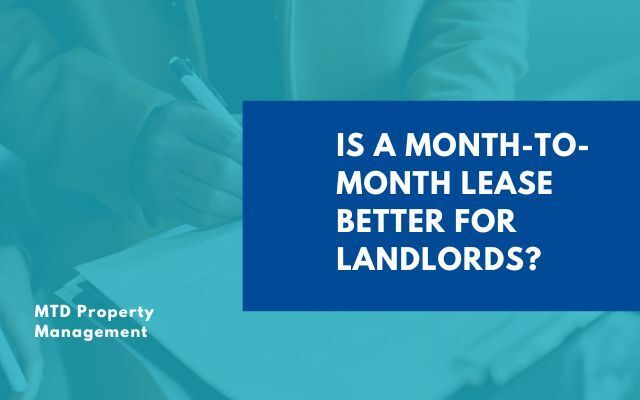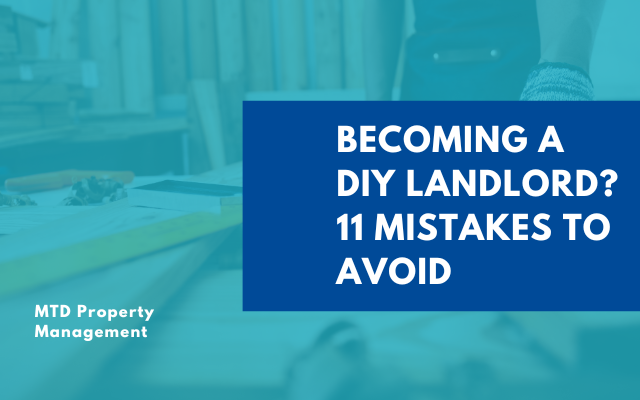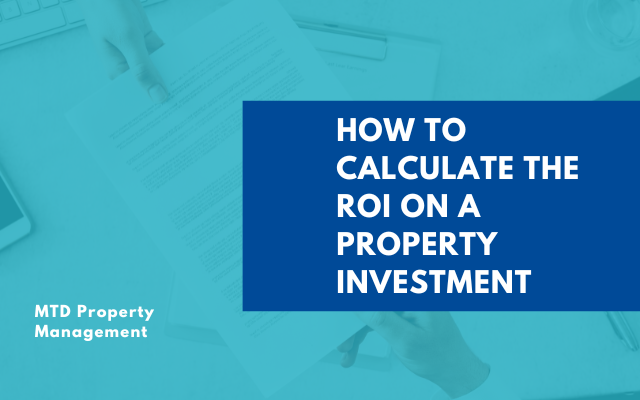
Are you looking to rent out your property without any long-term commitment? If so, a month-to-month lease can be the best option for you! Unlike a traditional 12-month lease, a month-to-month lease will give you lots of flexibility in the way you run your rental property. This flexibility includes the terms of the lease, the kind of tenant you rent to, and raising the rent. Admittedly, though, a month-to-month lease has some drawbacks.
In today’s article, we’ll walk you through everything you need to know regarding a month-to-month lease.
What Is a Month-to-Month Lease?
A month-to-month lease is a periodic tenancy where the tenant rents a property on a monthly basis. The agreement renews every month until either party chooses to terminate it.
A month-to-month lease is also referred to as a short-term rental agreement. In most cases, landlords use a month-to-month to extend an annual lease after it has expired. However, it’s also possible for a landlord to use it from the beginning of a tenancy.
How Do You Terminate Month-to-Month Lease?
To terminate a month-to-month, either party must serve the other a specific notice period. In the state of Illinois, either party must provide the other with a 30-day notice before lease termination.

Why Would a Landlord Want a Month-to-Month Lease?
A month-to-month lease can be a great option for a variety of reasons. One, if you’re only looking to rent out your property for a short period. Two, if you’re just starting out as a landlord and are still learning the ropes of the business. And three, if you want to extend the tenancy of a renter whose fixed-term lease has ended and is yet to move out.
That being said, a month-to-month can complicate things when it comes to income generation. Having to re-lease the property now and then can eat into your profits, preventing you from maximizing your rental income.
What Are the Pros of a Month-to-Month Lease?
1. Ending a Lease Is Easy
The process of ending a month-to-month lease is easy because all you have to do is serve your tenant a 30-day notice. The same cannot be said of a long-term lease. In a long-term lease, you’d have to wait for the entire lease term to end, which can be between six months and a year.
2. First-Time Landlords Can Use It to Test the Waters
Landlording can be an incredibly rewarding job. However, to be successful, you’ll need to put in the work. You’ll need to master tasks such as rental advertising, tenant screening, and property maintenance.

A month-to-month can help you fine-tune your processes over time and see whether you are up to the task.
3. Making Changes to the Lease Is Easy
Making changes to the terms of a month-to-month is easy. All you have to do is wait for the next renewal cycle to make whatever changes you want to the agreement.
Please note that the changes must align with the local rental laws for the agreement to be valid. For example, when it comes to late rent payments, late fees must not exceed $20 or 20% of the rent.
4. Breaking a Lease Is Easy
As long as you have properly notified your tenant, breaking a month-to-month doesn’t attract any penalties. Also, it’s usually expected that either party in a short-term lease will terminate it at some point.
A standard lease, on the other hand, runs for a specific period. During this period, both parties must abide by the terms of the agreement. A tenant may only be able to break it early if they either seek mutual termination with the landlord or have a legally justified reason.
5. You Can Keep the Right Tenants
It’s the goal of every landlord to rent to the right tenants. Dream tenants pay rent on time, care for their rented premises, and are low maintenance. If you come across such a tenant, you’ll want to extend your lease with them for as long as possible.

What Are the Cons of a Month-to-Month Lease?
1. The End Date is Uncertain
In some situations, a flexible end date can be desirable. However, as a landlord, too much flexibility can turn out to be bad for your bottom line. Short-term tenancies can mean high operational costs for you, thereby leading to low profits.
2. You’ll Only Have 30 Days to Find New Tenants
Having a short window to find tenants can prove to be quite stressful. Between readying and advertising the unit and screening tenants and showing the property, you may need more than 30 days to get everything right.
But the longer your property stays vacant, the more losses you’ll end up having, which can hurt your bottom line. What’s more, rushing the re-leasing process may compromise the quality of the tenant you rent to.
3. You May Have a Less Stable Income
While you may have found great tenants, only having them on a short-term basis may not be as great as having them on a long-term basis. They may leave on short notice, so you might be unsure how consistently you can expect income.
How Is a Month-to-Month Lease Different from a Standard Lease?
A standard lease agreement is for a tenancy that lasts between six months and a year. A tenant must continue paying rent for the entire lease term, whether or not they live there.

Another difference is that a standard lease agreement only ends after the entire term is over. The only exception to this is if a chooses to legally break their lease early.
Conclusion
So, back to the question – is a month-to-month lease better for landlords? Just like most things in life, it depends! Weigh the pros and cons to see what aligns well with your investment goals.
For expert help, get in touch with MTD Property Management. We provide sophisticated property management services in Chicago with a personal touch. Contact us to learn more!









